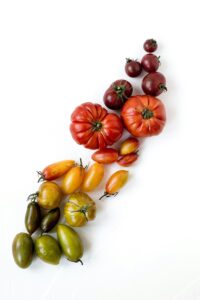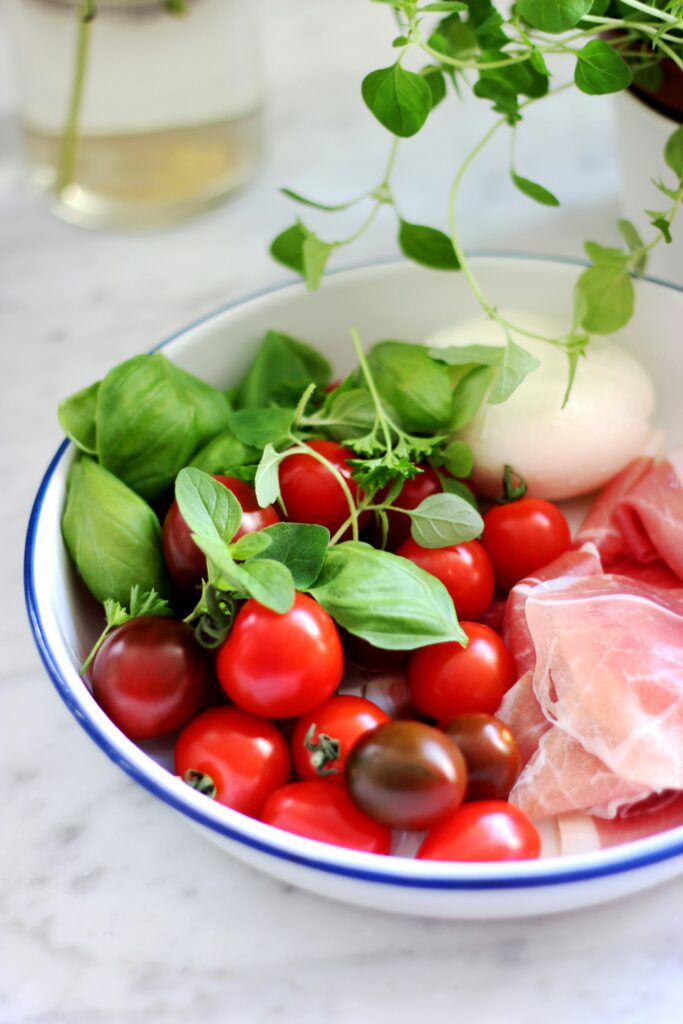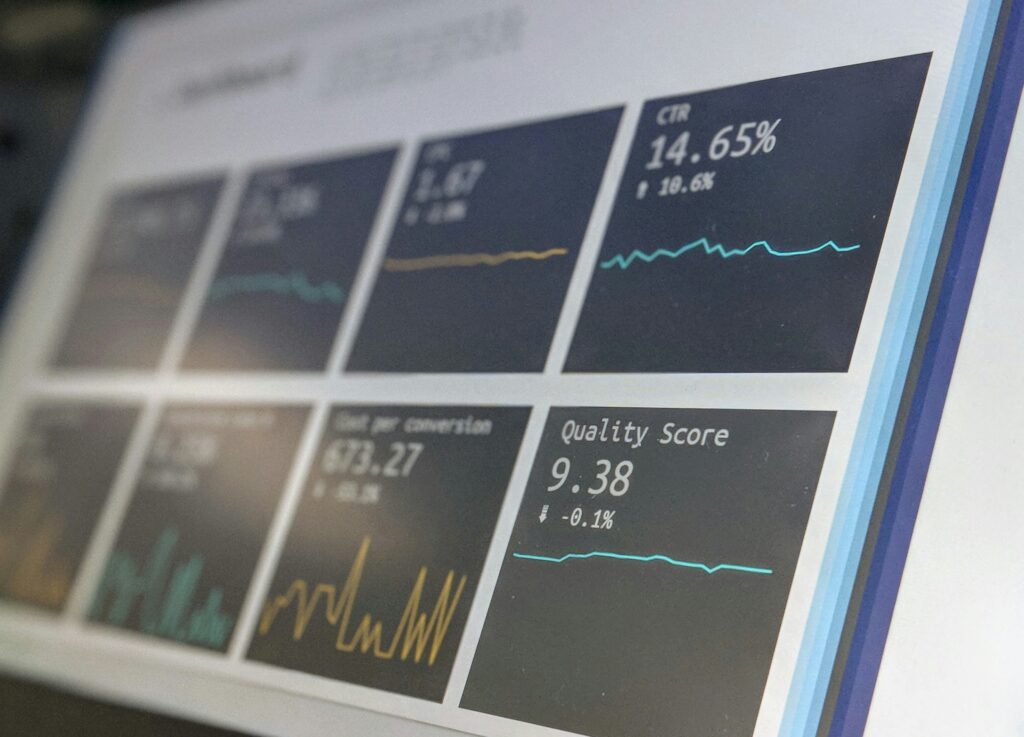How to solve the challenges of complex food classification
Topics

In the world of food and drink, getting your product to market isn’t as simple as boxing it up and shipping it out. Behind every successful international trade transaction lies a complex web of customs classification, tariff codes, and compliance checks. Navigating these challenges and ensuring tariff code accuracy was the subject of a recent webinar which Elizabeth Davies hosted with the Food and Drink Exporters Federation (FDEA).
Here, we summarise the discussion from the webinar and look at what it takes to be confident with your tariff codes. With misclassification a real risk for many businesses, how can you navigate classification more efficiently?
The complexity of food classification
At first glance, classifying food for customs purposes might seem straightforward—just list the ingredients and provide a description, right? Not quite. The reality is that to accurately classify a product, you need to take all product information into account, including a detailed breakdown that goes far beyond the basic ingredients.
A product’s classification depends on:
Detailed ingredient composition – even minor variations in ingredients can affect the tariff code
Nutritional information – fat content, sugar levels, and other attributes can determine how a product is classified
Physical state – fresh, frozen, or dried products often have different tariff codes
Country of origin – rules of origin impact duty rates and eligibility for trade agreements
Packaging and presentation – the way a product is packed can influence classification and duty calculations
 Take the example of yogurt. A natural, unflavoured yogurt with no added sugar containing Streptococcus thermophilusand Lactobacillus delbrueckii subsp. Bulgaricus falls under one tariff code. But add Lactobacillus acidophilus, and suddenly, you might be looking at a different classification entirely.
Take the example of yogurt. A natural, unflavoured yogurt with no added sugar containing Streptococcus thermophilusand Lactobacillus delbrueckii subsp. Bulgaricus falls under one tariff code. But add Lactobacillus acidophilus, and suddenly, you might be looking at a different classification entirely.
The same goes for chocolate. A milk chocolate Easter egg with truffles will have a different tariff code than a white chocolate version—even if the core product is almost identical. Small differences matter, and businesses that overlook these details can face misclassification penalties or supply chain disruptions.
Keeping up with regulatory changes
 Tariff classifications don’t stay the same forever. Every year, updates to the Harmonised System (HS) codes and regional regulations mean that businesses must constantly stay ahead of the curve and stay up-to-date with tariff code updates. In 2025, for example, changes to the classification of tomatoes have impacted importers and exporters globally.
Tariff classifications don’t stay the same forever. Every year, updates to the Harmonised System (HS) codes and regional regulations mean that businesses must constantly stay ahead of the curve and stay up-to-date with tariff code updates. In 2025, for example, changes to the classification of tomatoes have impacted importers and exporters globally.
Without an expert eye, and a robust process in place to monitor for updates automatically, businesses risk using outdated classifications, leading to higher-than-necessary duties or compliance failures. This is where data accuracy and real-time updates become critical.
A smarter approach to classification
Businesses don’t have to navigate this alone. Digital customs classification solutions, like TariffTel, take the guesswork out of the process by:
-Gathering precise product details from suppliers, ensuring every ingredient and characteristic is accounted for
-Integrating with existing systems to provide real-time updates and ensure compliance
-Offering an auditable and automated system, reducing manual errors and speeding up customs clearance
For companies looking to trade food and drink internationally, getting classification right isn’t just a regulatory necessity—it’s a competitive advantage. With the right tools and expertise, businesses can avoid costly surprises, streamline operations, and ensure smooth entry into global markets. Take a look at how TariffTel customer M&S manage their food classification simply and compliantly.
Want to learn more about how digital solutions can improve your classification process? Get in touch with our team.
Other Useful Resources
2025 tariff code changes affecting the humble tomato
The humble tomato, a staple of kitchens and markets worldwide. Recent updates to the tariff book now make this popular f...
How incorrect HS codes are driving up costs (and how to stop it)
Accurate customs classification can make or break a business’s bottom line. Yet, many companies underestimate the impo...
Unlocking the power of data and the role of AI classification
Customs classification is the backbone of global trade compliance, ensuring products are categorised accurately under th...



